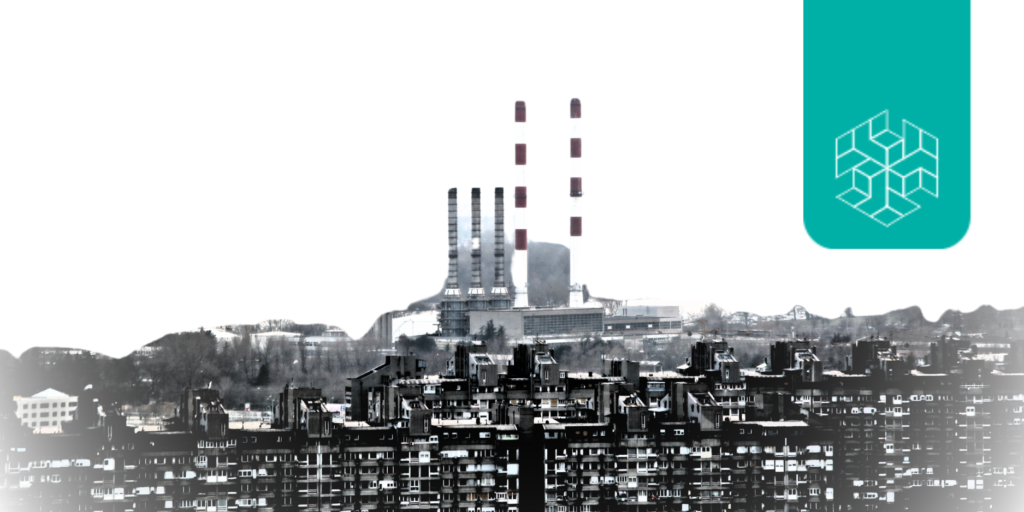Authored by: Anikta Tripathi
Edited by: Soumya Singhal, Avishi Gupta, Riya Singh Rathore
INTRODUCTION
The IPCC’s sixth assessment report, “Climate Change 2021: The Physical Science Basis” (IPCC 2021), tells us that “the climate catastrophe timer is about to go off and we don’t have much time”. The report highlights that countries do not have the luxury to forgo climate concerns for the sake of economic growth. The obstacle is higher for countries like India, where human development needs to be balanced with emissions reduction. Contrarily, India was responsible for 7% of the global greenhouse gas emissions in 2018, and its GreenHouse Gas [GHG] contribution is expected to rise to 2350 million tons during the post-covid economic recovery (International Energy Agency 2021). Agriculture, the second-highest contributor to India’s total emissions, is a key concern in this context (United States Agency for International Development 2019). in his speech that a committee would make MSP more effective and transparent, it remains unclear whether the government will agree to farmers’ other significant demands of making MSP a legal right. December 2021 Ankita Tripathi Commentary Approximately 70% of India’s population is engaged in agriculture and other allied sectors (Food and Agriculture Organisation [FAO] 2015).
Approximately 70% of India’s population is engaged in agriculture and other allied sectors (Food and Agriculture Organisation [FAO] 2015). This sector is responsible for ensuring food security for a population of 1.3 billion people (World Bank 2020). Despite the Green Revolution improving India’s total food grain productivity, current agricultural methods are highly inefficient (Bahu 2014). Agriculture is a significant source of air, soil, and water pollution (Saha et al., 2017; FAO 2015; Bhattacharya et al., 2015). Even in the best-case scenario where India manages to significantly improve its yields and improve to maximum efficiency, “more than 75% of the population are at risk of falling below requirements in energy and protein availability” (Ritchie, Reay, and Higgins 2018). The problem then is to achieve food and nutritional security for a large chunk of the population while making agriculture more sustainable in the long run.



